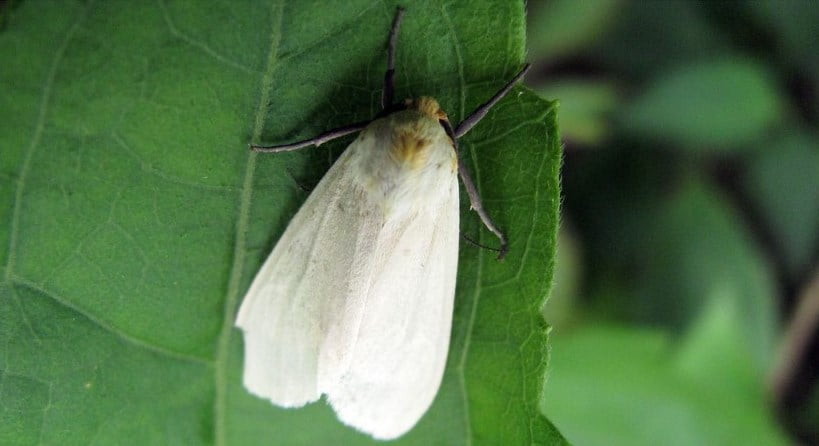This article was first published by The Times of Israel and was re-posted with permission.
Whiteflies, bugs just 0.3 of an inch long that typically feed on the undersides of plant leaves, may hold the secret to stabilizing the takeoff of small robotic man-made flyers, like miniature drones, researchers at Tel Aviv University say.
When whiteflies take off, they don’t just spread their wings and fly. These tiny insects use a variety of sophisticated techniques that provide them with exceptional stability in the air. These same techniques could be used for drones, the researchers said.
SEE ALSO: Israel Leads The Way In Drone Innovation
The research, presented at a recent Israel Academy of Sciences and Humanities conference, explores how whiteflies, which belong to the order of insects called Hemiptera, successfully take off without flapping their wings, which are 28 percent longer than their bodies. They raise their wingtips to provide air resistance and stabilize. The presentation was based on new research following an earlier study published by the Journal of Experimental Biology.
“Whiteflies take a powerful ‘jump’ before they start using their wings in flight,” said TAU’s Dr. Gal Ribak, who led the research. “Then, when the insects are moving through the air, they have to stop the rotation of their bodies to reorient themselves for flapping flight. They are able to do that by extending the tips of their folded wings, causing high air resistance behind the body. This aerodynamic force stabilizes the takeoff and only then do the insects spread their wings and start flying.”
SEE ALSO: Israeli Researchers Able To Control Insects’ Movements
The response time is what is of note here, Ribak said, as all this happens in less than 12 milliseconds, without feedback from the nervous system. “Nature is providing us with guidance on how to stabilize the takeoff of small robotic man-made flyers,” he said.
Size is a key component of the insects’ successful ascent. Their tiny size allows them to execute swift stabilizing responses using the air resistance of various body parts.
To read the full article, click here.
Photos and video: Tel Aviv University, Jyothish Kumar P.G
Related posts

Editors’ & Readers’ Choice: 10 Favorite NoCamels Articles

Forward Facing: What Does The Future Hold For Israeli High-Tech?

Impact Innovation: Israeli Startups That Could Shape Our Future





Facebook comments